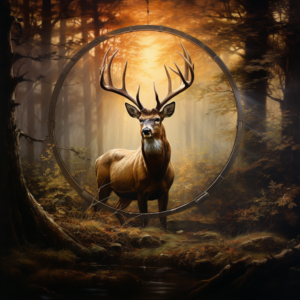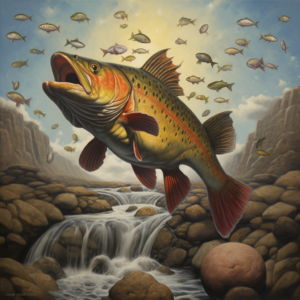The Foundations of Deer Hunting
1. Deer Behavior and Patterns
– Seasonal Changes: Deer behavior varies with the seasons. During the rut, bucks become more aggressive, while in winter, they focus on conserving energy.
– Feeding Habits: Deer are crepuscular, meaning they’re most active during dawn and dusk. Recognizing their feeding patterns can help you anticipate their movements.
2. Scouting the Terrain
– Topographical Maps: Use these to identify potential deer hotspots like valleys, water sources, and feeding areas.
– On-Site Scouting: Spend time in your chosen hunting area. Look for signs like tracks, droppings, and rubs to gauge deer activity.
3. Essential Gear
– Firearm or Bow: Choose a weapon you’re comfortable with, keeping in mind local regulations and personal preferences.
– Camouflage and Scent Control: Blend into your surroundings and minimize human scent to avoid alerting deer.
Strategies for a Successful Hunt
1. The Art of Stalking
– Move Slowly: Patience is key. Move slowly, pausing frequently to listen and observe.
– Use Natural Cover: Utilize the terrain and vegetation to conceal your movements.
2. Elevated Hunting: Tree Stands and Ground Blinds
– Tree Stands: These provide an elevated vantage point, making it easier to spot deer while keeping you out of their direct line of sight.
– Ground Blinds: These are structures placed at ground level, camouflaged to blend with the surroundings.
3. The Final Approach
– Shot Placement: Aim for vital areas to ensure a humane harvest. For rifle hunters, the heart-lung area is ideal, while bowhunters should aim slightly behind the shoulder.
– Follow-Up: After taking the shot, give the deer time. Track methodically, looking for signs like blood trails.
Preserving the Memory: From Harvest to Trophy
Once you’ve successfully harvested a deer, the journey shifts from the trail to creating a lasting trophy:
– Field Dressing: This involves removing the internal organs of the deer to ensure the meat remains fresh.
– Processing: Decide whether you’ll process the deer yourself or take it to a professional.
– Trophy Mounts: Consider getting your deer professionally mounted, turning your successful hunt into a lasting memory.




